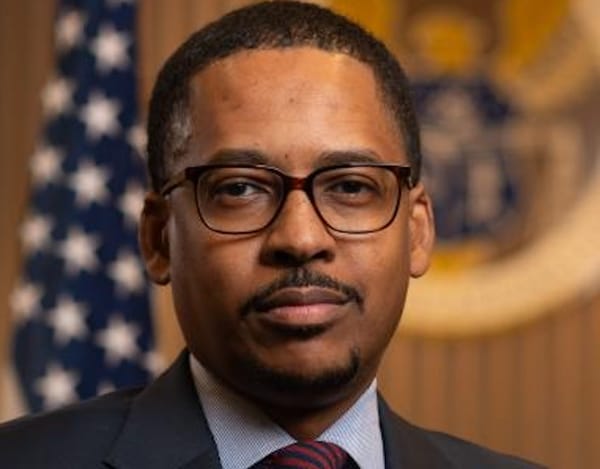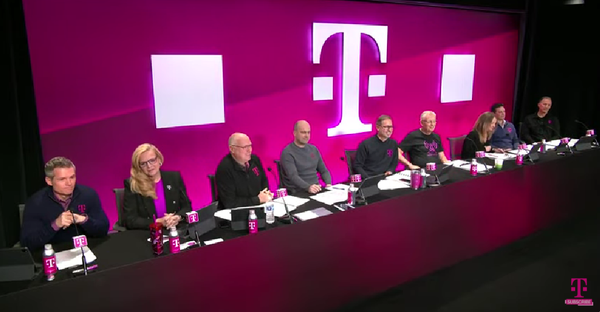‘If It’s Not Fiber, It’s Not Broadband’: C Spire Reflects on Broadband after Covid
Hu Meena argued for fiber as preferred technology, as debate rages about what Congress should focus on.

NASHVILLE, July 27, 2021—During his keynote address at the Fiber Broadband Association’s Fiber Connect 2021, Hu Meena, chairman and CEO of Mississippi telecom C Spire, said broadband demands after Covid will make fiber a preferred technology to deliver increasing speeds and services.
Meena noted that the pandemic and the forced work-from-home situations altered the way people see the internet, arguing that “if it’s not fiber, it’s not broadband.”
He clarified that he isn’t saying there isn’t a future for broadband without fiber. He argued that going forward in the wake of the pandemic, consumers are going to continue to demand changes for improved service.
He added that a technology neutral attitude toward broadband would only continue to leave communities isolated. “If the market demands faster speeds, why are we subsidizing slower technology?”
He argued that Wallstreet has taken notice of fiber carriers, and that it is time for policy makers to do the same. Meena advocated for symmetrical speeds that dwarf the current 25/3 definition of broadband, calling for investment for infrastructure that is fully scalable to meet future consumers’ demands.
In fact, bills that would usher in new speed thresholds, including having a low tier that constitutes speeds below 100 Mbps download and 100 Mbps upload was introduced by Democrats in March.
Debate surrounding technology priority
Meena’s comments follow a larger debate about what Congress should be focusing on when it comes to connecting Americans.
The FBA itself said in a report that the current federal speed definition of 25 Megabits per second download and 3 Mbps upload is insufficient, and that fiber is required to keep up with today’s speed demands.
The Electronic Frontier Foundation has also pitched preference for fiber, which a Broadband Breakfast event in June argued that fiber should lead the future of broadband, but other technologies, such as fixed-wireless, are important compliments. AT&T has said it is pushing more investments in fiber to increase upload speed demand.
Meanwhile, in March, Republican senators have proposed a broadband bill that would plow some $20 billion toward fiber infrastructure.
But others, including William Webb of Cambridge Broadband Networks Group, argued that the best solution to deliver gigabit connectivity to hard-to-reach areas is fixed-wireless, where wireless technologies provide home broadband. Fiber builds to sparsely populated rural areas are largely prohibitively expensive because it’s harder to make a return with fewer subscribers.
Meena alleged that in most cases incumbent carriers represent the most significant obstacle to change. He added that this was nothing new, calling back to C Spire’s early days: “Large incumbents didn’t like us playing in their sandbox.”








